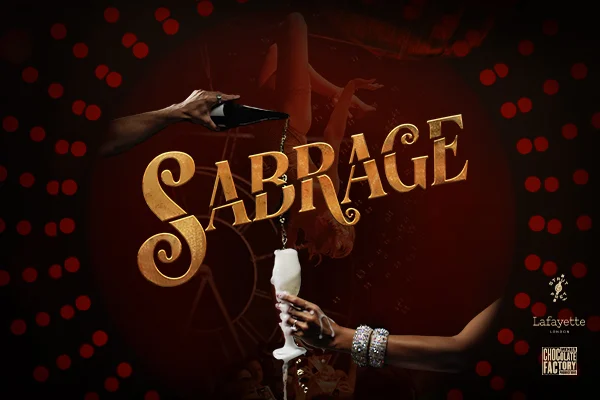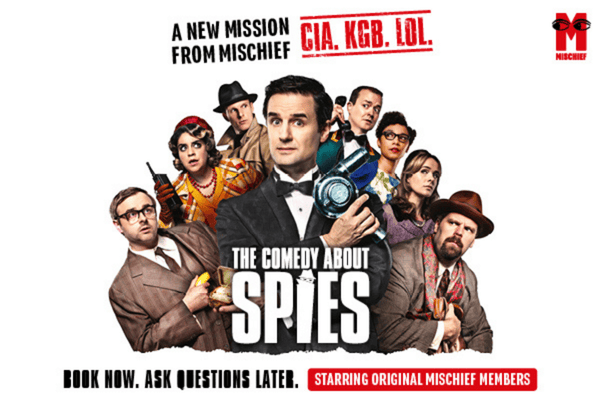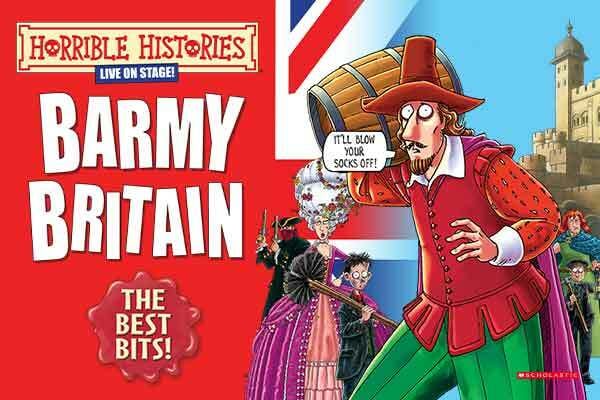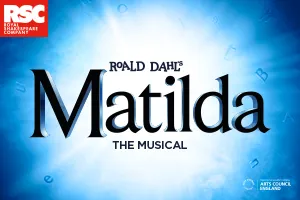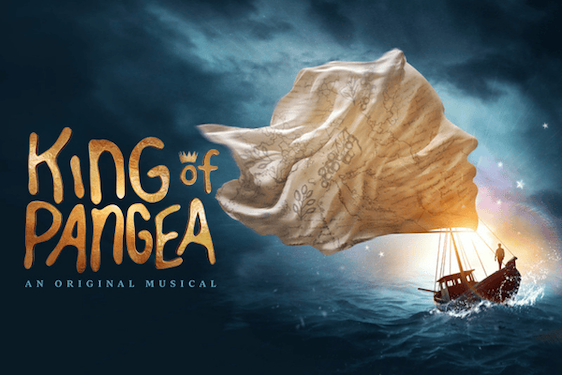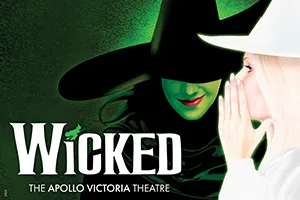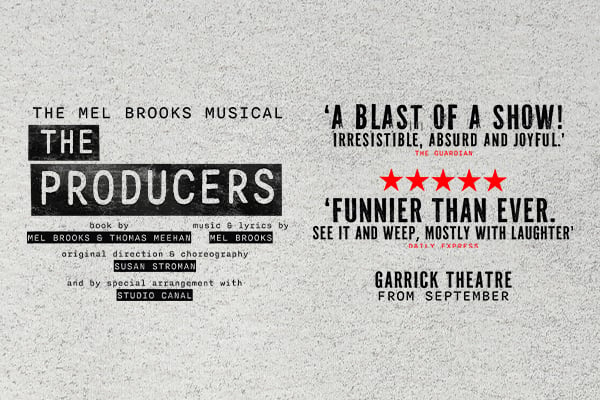Charity Rambert's efforts across England, Scotland and Wales have successfully showcased their professionalism in the three thirty-minute performances of interpretative theatre that graced the Theatre Royal stage. Provoking abstract thought, they more than encouraged the audience to think outside the box than they would normally about the many emotions attached to the daily human interactions we experience.
The destruction acted to reflect the increasing tension of the would-be lovers within it.
Hydrargyrum was the first to grace the stage. The succession of screeching noises that initially greeted the audience resembled something akin to something dangerous approaching ever-closer. Aleksandra Vrebalov's deployment of such music, therefore, proved to be a clever choice, as it hinted at the emergence of something different which was reflected in the attire of the sextet's change of clothes, from being originally draped in black robes to underwear that blended in with the performers' skin. The beeping sounds like a transmission from afar conjured up the idea of electricity and what stemmed from this was the frictions that occur between humans on a quotidian basis. Such frictions normally take place between the individual and a group. Patricia Okenwa's jaunty chorography mirrored the sparks that can rise from electrical discharge which was appropriate in portraying the similar volatility that human interactions can at times produce. Also included was a mirror that sprawled the entire width of the stage from the start of Hydrargyrum. Its consequent overlooking over all the performers highlighted the difference in perspectives that can arise from the singular, objective physical form of someone or something to the subjective attributes that are often attached to them by other groups. Charles Balfour's choice to light the front half of the stage whilst the back of it was shrouded in darkness further supported this idea of division.
The second helping from the company, in the form of Transfigured Night did nothing to relieve the hunger with which the audience would wish to succumb. Based upon Richard Dehmel's poem Verklärte Nacht, the piece follows a woman who confesses to her lover that she is pregnant with another man's child. Similar to the previous performance was the use of costume to subtly deliver hints as to how the performance will progress. Yet this time round the emphasis lay more with the backing dancers. The dark colours with which they were adorned stood in contrast to the passionate red dress of the lead dancer, Simone Damberg Wurtz. The mixture of genders that comprised the secondary performing group is worthy of note as their regular separation into smaller groups were consciously all one gender at certain points. This disparity foreshadowed the ongoing, gendered power struggles that would take place between the couple that were the main focus of Transfigured Night which is further represented through the mixture of combative dance as well as choreography of a more affectionate nature – a perfect representation of the tempestuousness of love, especially when the case of adultery is included within it. Its division into three scenes suggests three different outcomes. The first is fraught with the fear of rejection, the second the idealised dream of acceptance and forgiveness, whilst the third ending is more realistically ambiguous with the lovers romantically staying together but in a battered and bruised state. The aforementioned forceful nature of the dancing in the first scene is emblematic of the fear of being rejected. The persistence shown by Damberg Wurtz in wanting to keep her lover is in juxtaposition to the final stance of the whole performance in which Miguel Altanuga embraces Wurtz from a lower position, thus showing his desire in wanting her to stay.
Last but not least, inspired by Picasso's painting 'The Three Dancers', the same-titled production from choreographer Didy Veldman provided the final cherry on the top for Rambert's platter of performances. The application of Cubism to movement and choreographic structure was clear within this performance. The diagonal, pointed mirrors that cut into the single white-lit square onstage broke the harmony that initially took place between the potential lovers from Picasso's painting. The lovers were depicted through half the dancers being in white and the other half in grey. The destruction acted to reflect the increasing tension of the would-be lovers within it. The choreography was testament to the circumstances in which people find themselves to be lovers – the writhing of consensual bodies over one another combined with those moments of lone self-reflection afterwards.
Each performance showcasing such a variance of inspiration, styles of choreography and music means that there is something available for everyone from Rambert. Just ask their 90 years of being in the business!









